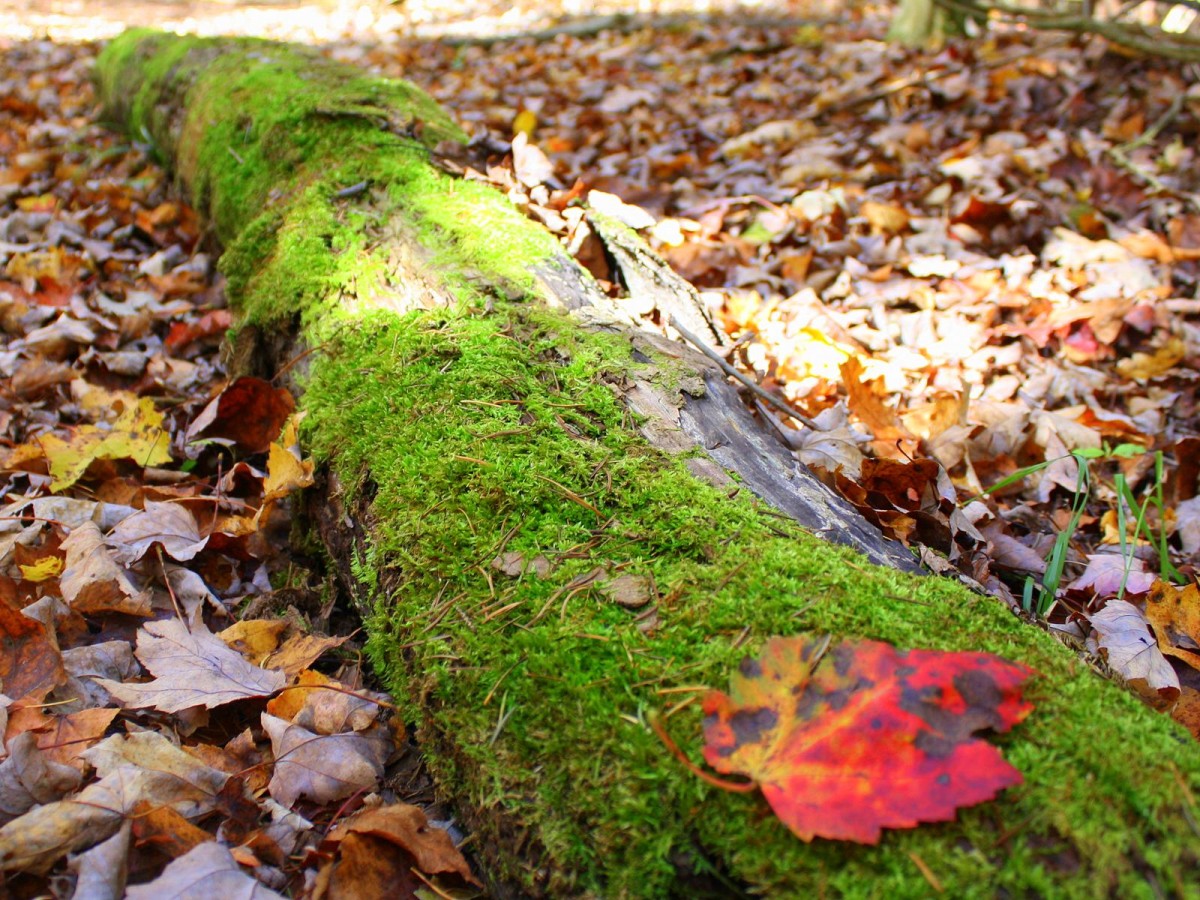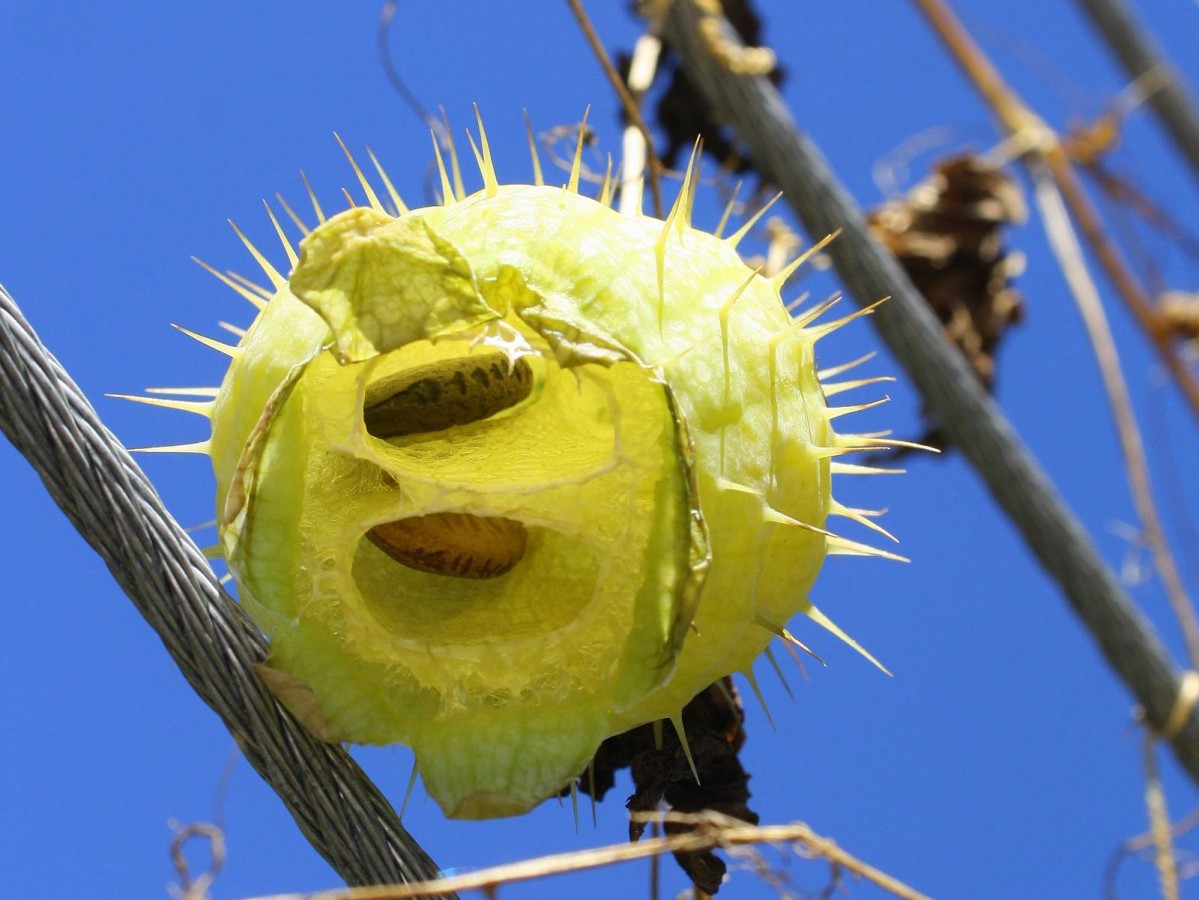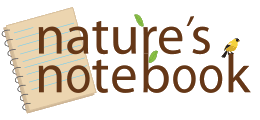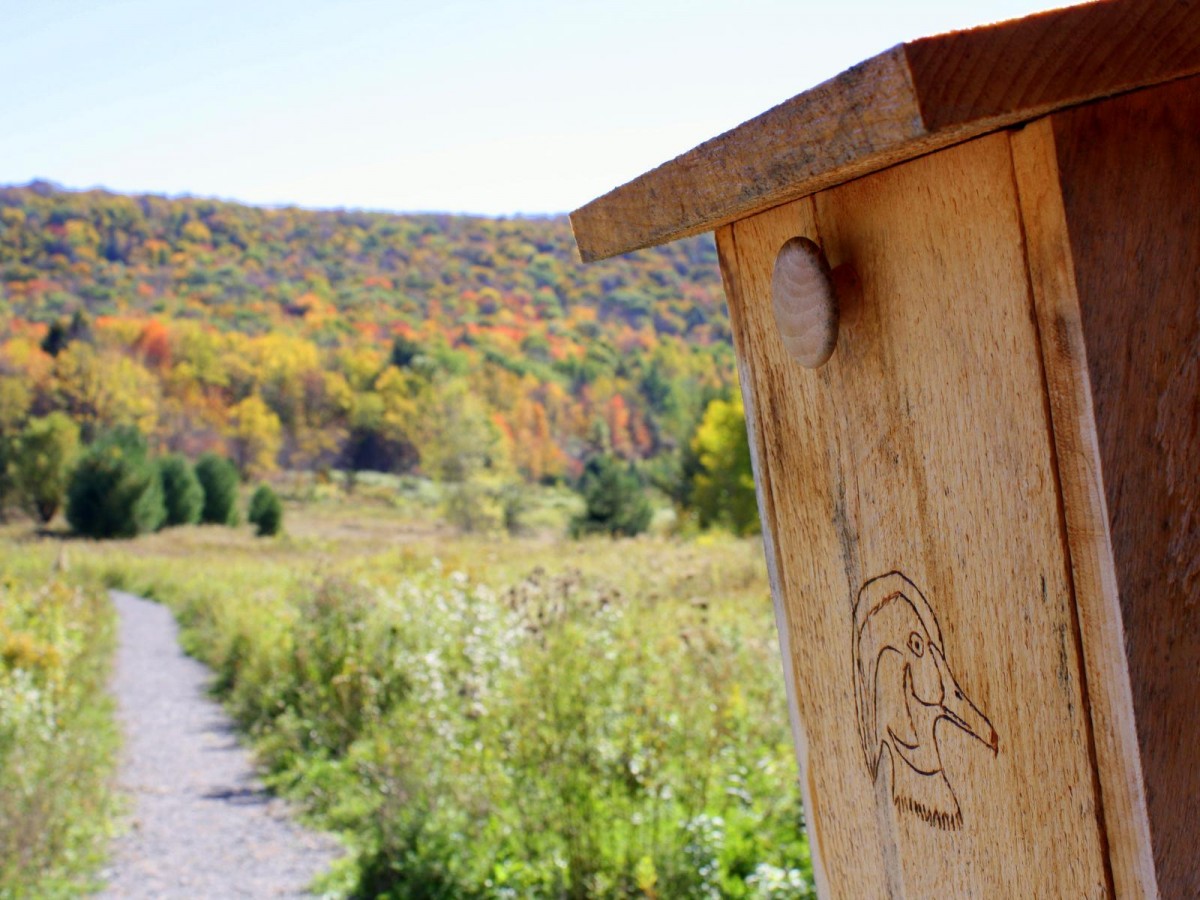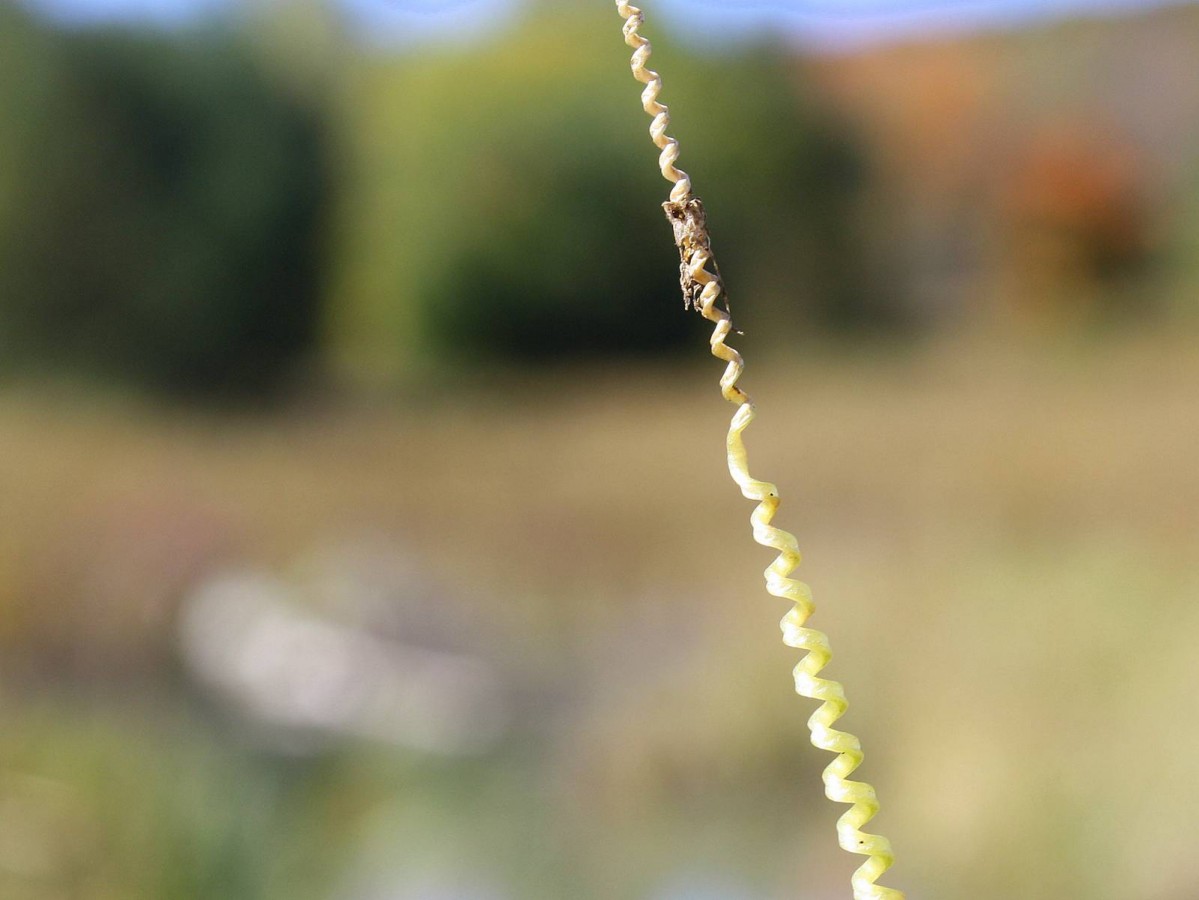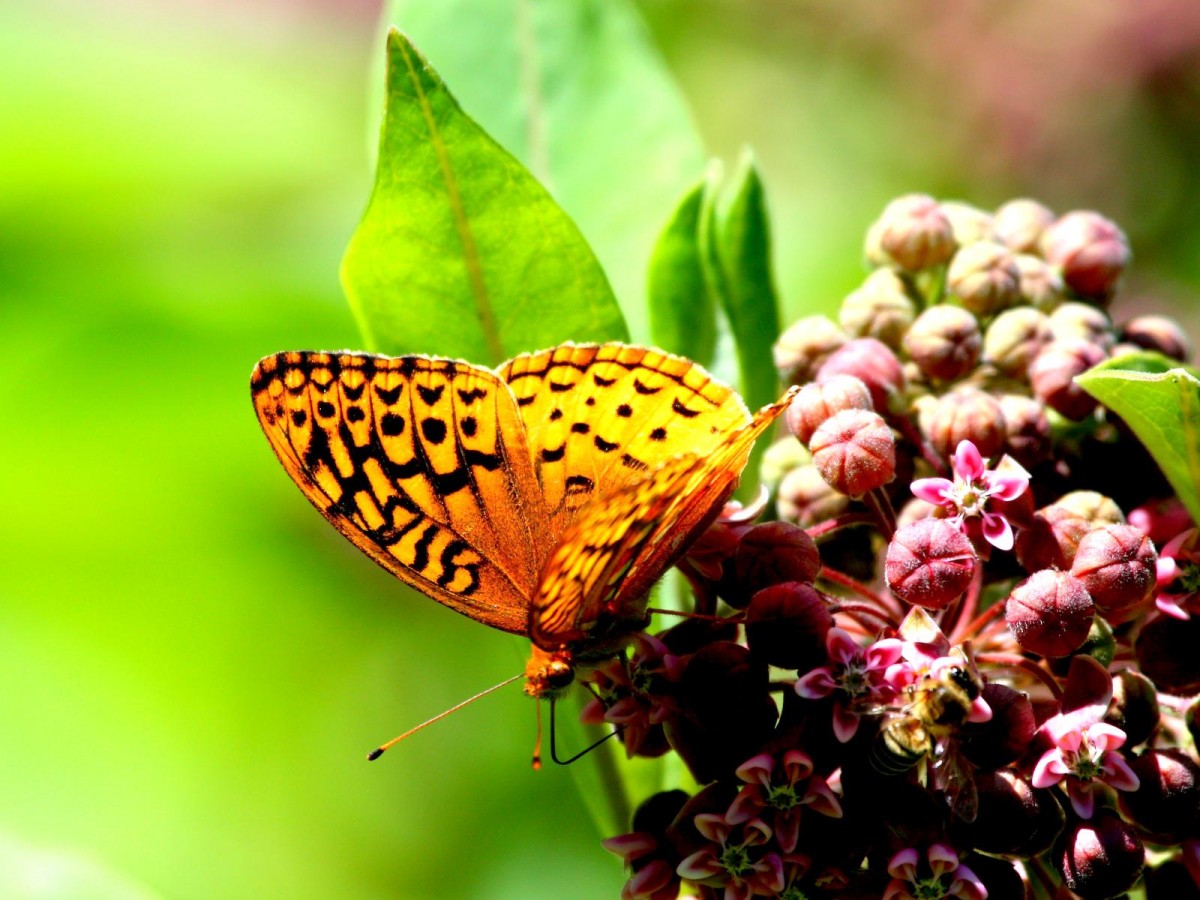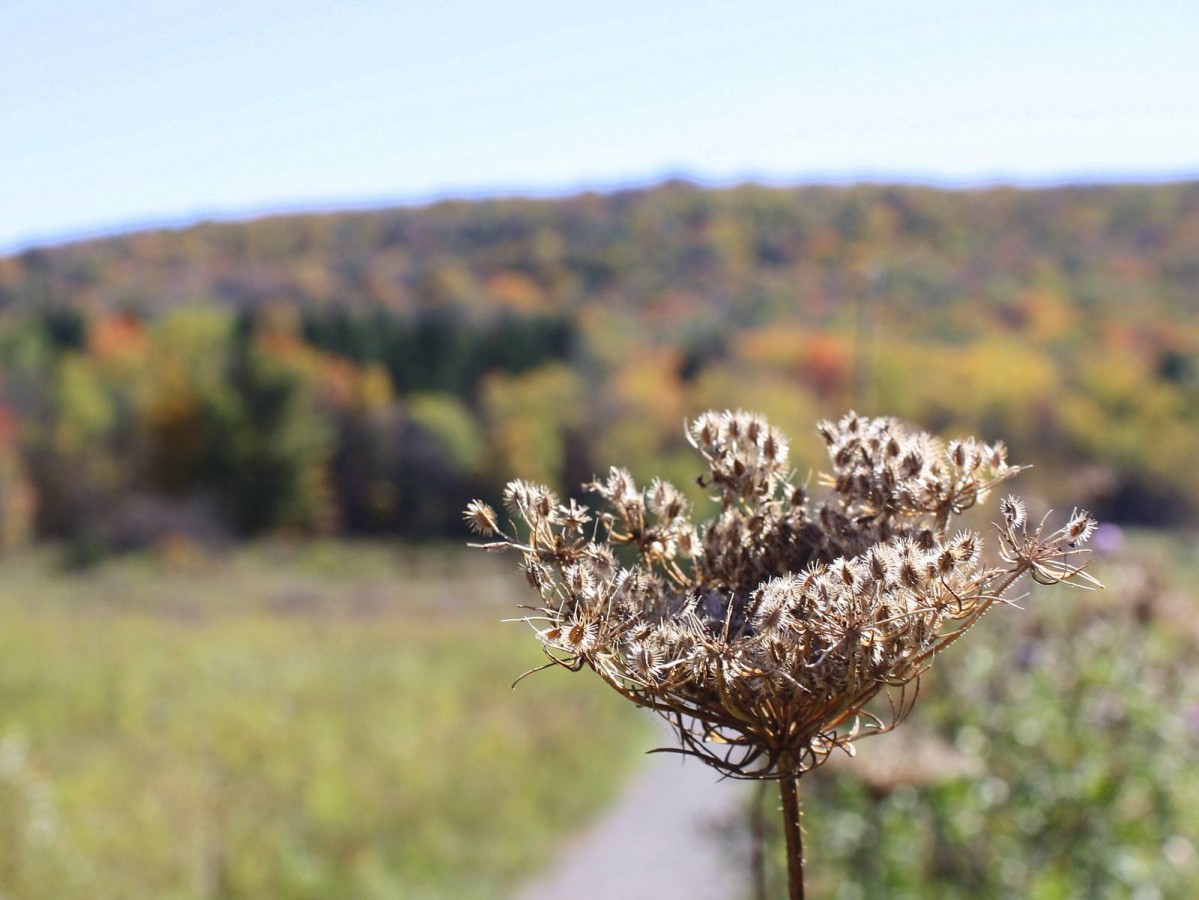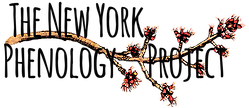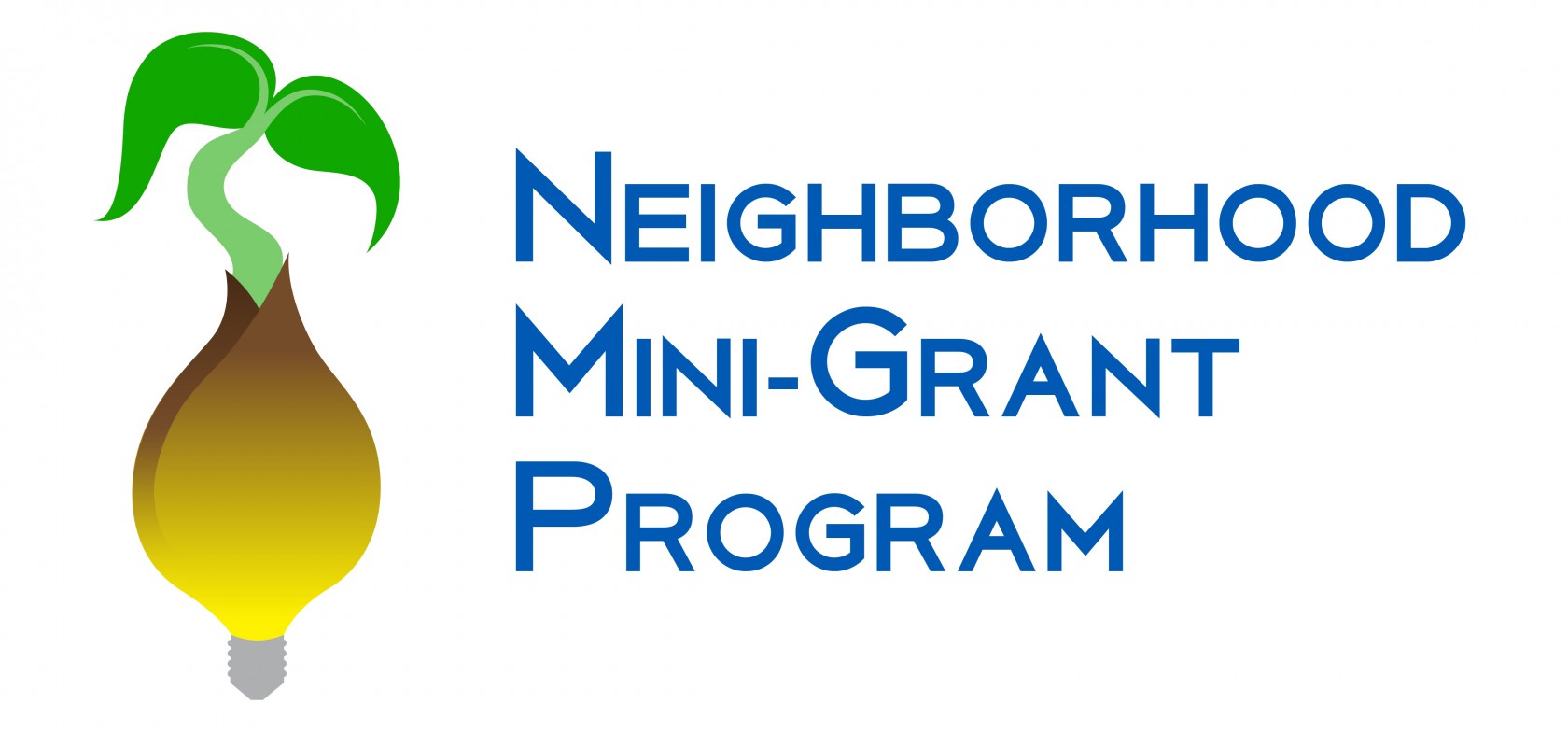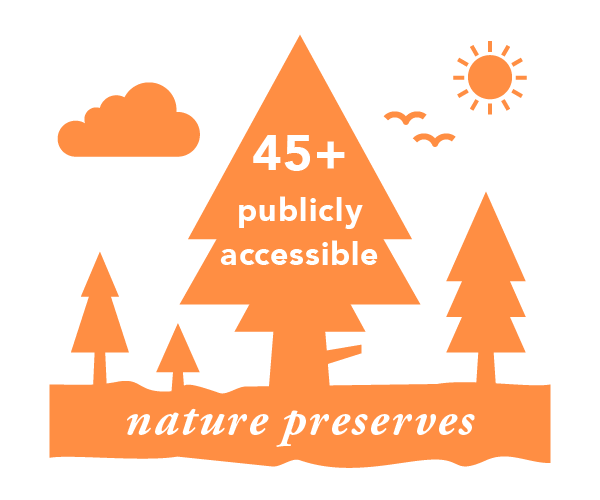You are invited to help us study the seasons at the Roy H Park Preserve on the new Phenology Trail. Read below to find out how you can get involved at any time. Contact us at info@fllt.org.
What is the Phenology Trail?
“Keeping records enhances the pleasure of the search, and the chance of finding order and meaning in these events.” -Aldo Leopold
Phenology is the study of seasonal changes in plants and animals. In plants, for instance, key seasonal events—called “phenophases”—include breaking buds, opening flowers, and falling leaves. The phenology trail at Park Preserve gives you the opportunity to conduct citizen science and become more aware of the changing seasons. As you hike along the path, you can pause at observation stations, record your observations, and submit data to the National Phenology Network database.
How can I get involved?
(1) Create a “Nature’s Notebook” account
Having your own Nature’s Notebook account allows you to add your observations directly to the database! You can also enter observations of plants and animals wherever you are, whether that’s your local park, daily walk, or backyard! To get started, simply follow these instructions:
- Create your account by going to https://www.usanpn.org/nn/become-observer. Enter a username, email, and password.
- In the “Partner Groups” section, find the Finger Lakes Land Trust group, listed under “New York Phenology Project.” Checkmark the box and hit “Create New Account” at the bottom of the page.
- Go to your Observation Deck: the Roy H. Park Preserve should come up as one of your sites. You can begin recording observations on the website, or with the Nature’s Notebook app!
(2) Or, use the paper datasheets
Grab a pencil and hit the trail! Look for paper datasheets at the trailhead kiosk. Fill out the datasheet as you hike, and return the paper to the kiosk when you are done. We will collect datasheets and enter them online for you!
Why has FLLT created the Phenology Trail?
Creating a phenology trail helps us fulfill our mission of protecting the land we love by supporting environmental education and outreach, making contributions to climate change science, and continuing our legacy of the land ethic.
Supporting environmental education & outreach
Individuals and community groups can visit the Phenology Trail to learn about tree identification, ecology, plant phenology, citizen science, and the impacts of climate change on our local ecosystems. The Phenology Trail is also a helpful educational tool for our staff and volunteers when leading community nature walks.
Continuing our legacy of the land ethic
Carl Leopold, son of the esteemed naturalist and author Aldo Leopold, helped found the Finger Lakes Land Trust and served as the first president. While Aldo is well-known for his phenological observations at his farm and shack in Wisconsin from 1935-1948, the whole family participated in observing nature. As children, Carl and his siblings competed to see who would be first to spot a migratory bird returning north or the first flower to bloom in spring. Carl’s enthusiastic interest in observing plants expanded the number of plant species recorded in his father’s “shack” journals and led to a career in plant science.
Making contributions to climate change science
Climate change is already having a tangible impact on plants and animals, but you can help document these changes. Observations that Aldo Leopold recorded from 1935-1948 have proved extremely important ever since they were first published in 1947. Years later, Aldo’s children Carl and Nina used Aldo’s records to publish a study in 1999 showing that temperature-dependent phenological events are occurring earlier. In 2013, a team of researchers used those same records to publish a new study on record-breaking early flowering in 2012. Just think – the observations you contribute today could lead to an important scientific paper down the road!
Why is phenology important?
As Aldo Leopold writes, phenology can help us understand many aspects of the natural world:
“Many of the events of the annual cycle recur year after year in a regular order. A year-to-year record of this order is a record of the rates at which solar energy flows to and through living things. They are the arteries of the land. By tracing their response to the sun, phenology may eventually shed some light on that ultimate enigma, the land’s inner workings.”
–Aldo Leopold, A Phenological Record for Sauk and Dane Counties, Wisconsin, 1935-1945
Nature is a performance, with different players coming to the stage when they receive their cue. Once the threat of frost is past in the spring, leaves come out and begin growing. Insects start becoming plentiful as they eat these new leaves. Birds take this as their cue to hatch, because they get a good start to life when there are many insects to eat. These cues are important for people, too. Farmers and gardeners closely follow the transition from winter to spring in order to know when to begin planting. People with seasonal allergies want to know when certain flowers bloom – and when their symptoms will start.
New York Phenology Project
The New York Phenology Project (NYPP) takes the mission of the USA-NPN and applies it to the phenological changes of the flora and fauna of New York State. The NYPP combines the efforts of nature centers, public education institutions, and land trusts to amplify the data collection effort of these local organizations into a regional effort spanning across New York State.
USA National Phenology Network
The USA National Phenology Network (USA-NPN) is a citizen science project that utilizes standardized observations made by volunteers, students, and researchers. The mission of the USA-NPN is to serve society and science with an improved interpretation of plant and animal phenology and the connection it has with environmental change.

